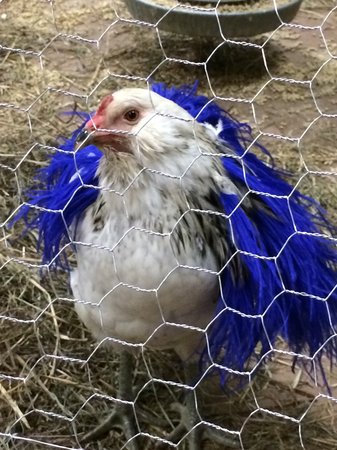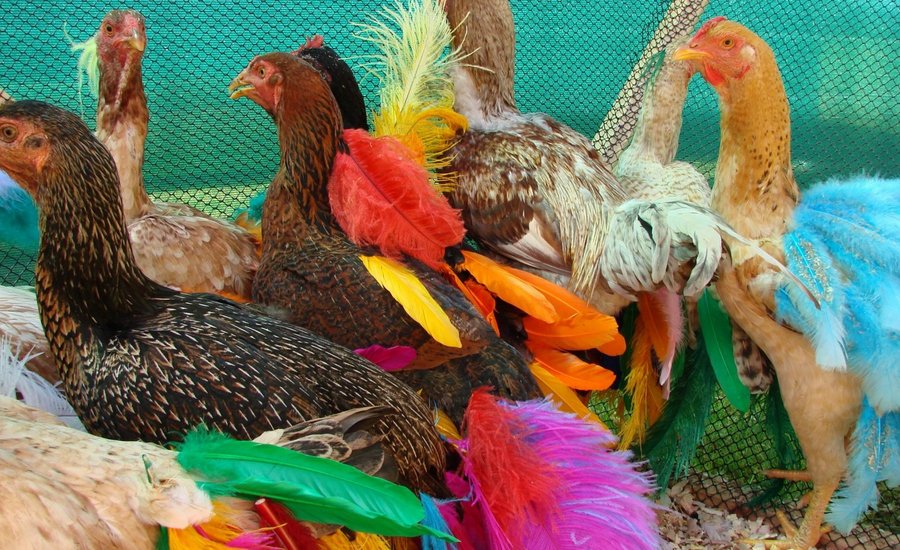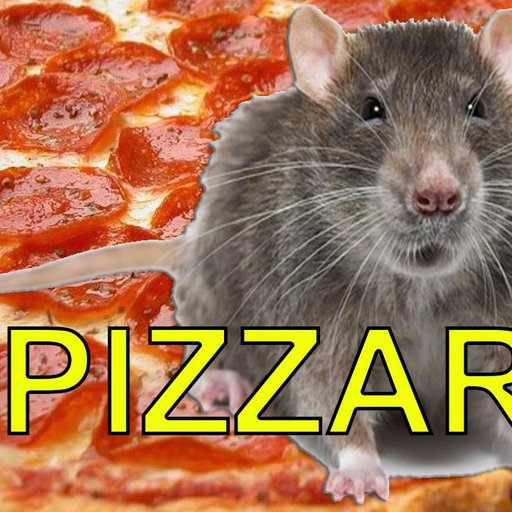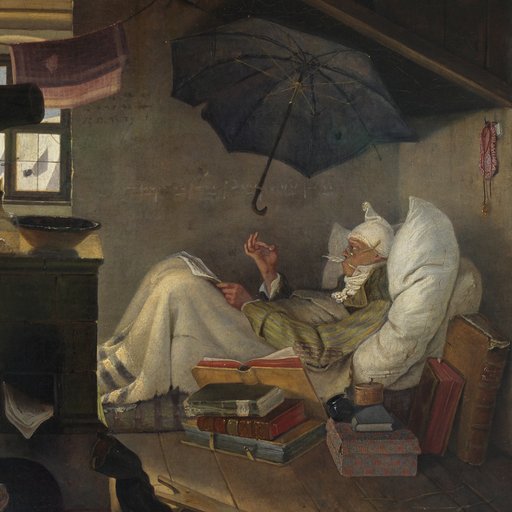The Brazilian artist Laura Lima prides herself on not rehearsing her performances. She also doesn’t like calling them performances at all, preferring to think of them as moving sculptures or conceptual equations made using her idiosyncratic, pseudoscientific syntax. For her Performa 15 commission and first-ever show in New York City, Lima is combining two of her earlier works: Gala Chicken (2004/2011) and Ball (2003-2004). The result is Gala Chicken and Ball , which combines the avian intervention of the former piece (in which Lima and her assistants attached brightly colored feathers to chickens recalling the tropical Carnival costumes of her native Brazil) with a live recreation of a 17th-century oil painting depicting a courtly menagerie of royals, nobles, and servants, complete with period dress, music, and decorations.
This isn’t the first time Lima has combined two earlier works into one; her piece Pelos + Rede from her ongoing “Man=Flesh/Woman=Flesh” series pairs the two titular works (involving, respectively, two actors with eyebrow/pubic hair extensions and a huge hammock) to create a reaction in which new associations arise. Lima refers to this process of combination as “osmosis” to highlight how the disparate elements bleed into one another until the boundaries between the constituents cease to exist. Here, Lima is making similar jump, aligning the festive vibe of both Gala Chicken and Ball to create an interspecies party atmosphere.

Though the piece is scheduled to run from 1-7 p.m. Tuesday through Sunday, most of what you’ll actually see during those times is preparation for the big event on Saturday, where the costumes and decorations for the soirée will be complete. (We assume that the performance on Sunday will somehow incorporate a cleanup.) The space at 350 Broadway was very much in flux when we arrived on Tuesday evening—only a handful of the chickens there had received their Technicolor plumage, and the human costumes were still on their way from Brazil. Even the jagged, geometrical chicken coop occupying half the space was still under construction, although the unfinished look actually complements Lima’s conceptual stance by suggesting that the piece is in a constant state of becoming. When half of your actors are untrained poultry, it makes sense not to put too big a premium on polish.
The feeling in the performance space was relaxed and convivial, with a mixed crowd of Performa insiders and curious passersby. A woman was playing the saw in preparation for the big show on Saturday (not every performer is adverse to rehearsal) and the room was filled with the ethereal sounds of that tool-cum-instrument—even the chickens seemed to be enjoying it. A smattering of small children were having an even better time. One perceptive young man, apparently puzzled by the cobalt-blue feathers on one particularly attentive hen, looked up at his mother and asked, “Is this so they can look pretty, like they’re in costumes?” She seemed unsure how to answer. His younger sister didn’t want to leave and had to be carried out in tears.
Working with living beings, especially ones who don’t put much stock in verbal instructions, can come with a special set of challenges unknown in other media. The chickens, egg-layers on loan from a community farm located somewhat incongruously in Crown Heights, are in the midst of their pre-winter preparations for the cold. The temperature in the performance space therefore has to be kept in roughly the same range as the outdoors, lest the birds get thrown off just before the winter chill. The assistants compensate by wearing jackets.

The chickens seem to have a mixed relationship with their extraneous feathers, which are chosen and designed on a bird-to-bird basis based on conversations between Lima and her assistants. The costume feathers are attached to their existing plumage using a nontoxic glue not dissimilar to the stuff used for human hair extensions. (The glue itself dissolves through contact with the oils on the birds’ skin, meaning the costumes last about 10 days at most.) An assistant helping with the process mentioned that there’s an acclimation period when the chickens first get their extensions, which involves running around the coop in an attempt to shake them off. After they settle down, the birds seem mostly unfazed by the new additions.
Lima notes that the feathers have affected the chickens’ relationships in previous iterations of the project; roosters were said to show attention only to birds with added feathers, while some hens were tricked into thinking that a fellow female was an especially suitable bachelor. Biology buffs may recall Charles Darwin’s theories of sexual selection as related to peacock displays (in short, the more ostentatious the feathers, the more genetically fit a potential mate must be, because you’ve got to be pretty tough to survive in the wild with that kind of decoration weighing you down), but further testing is needed before jumping to scientific conclusions.

The birds’ sex lives provoke yet another consideration: adult roosters don’t play nice with one another, and unwanted unions with the hens can be the difference between delicious fresh eggs (there were already three laid on Tuesday) and a nest of peeping chicks. Nevertheless, two adolescent roosters were included alongside their female counterparts. While the uninitiated might have trouble picking them out from the semi-costumed flock, these plucky young guys set themselves apart with a near-constant barrage of clucking directed at the hens around them. At one point, a sustained, almost frantic cawing emanated from an out-of-view storage area; one of the roosters had found a mirror and was attempting to assert his dominance over an eerily similar interloper.
Of course, it’s exactly these unheralded micro-dramas that bring Lima’s piece to life. Much like her predecessors in the Relational Aesthetics movement, Lima is in the business of (largely) unscripted events and subtle interventions. Any intrigue comes from the interplay of her visual gestures—the costumes and feathers, for instance—and the unprompted actions of her subjects, including the viewers themselves. The final ball/gala is therefore a kind of interlocked double performance, where the moving, uncontrollable pieces interact with and play off one another in a space designed but not controlled by Lima. Is it a commentary on daily life, an extended social sculpture, or peculiar precursor to potpies? If the chickens know, they aren't telling.



























